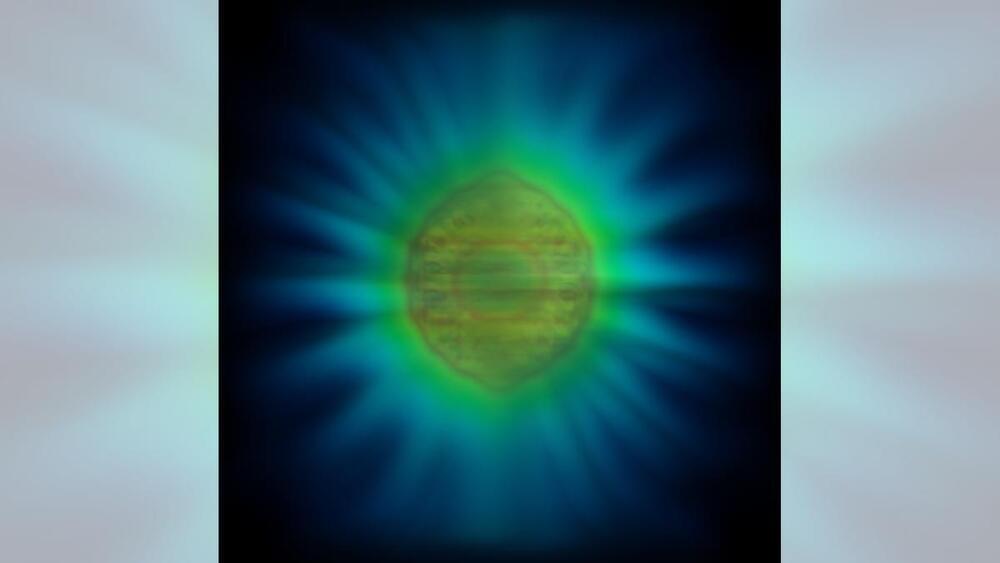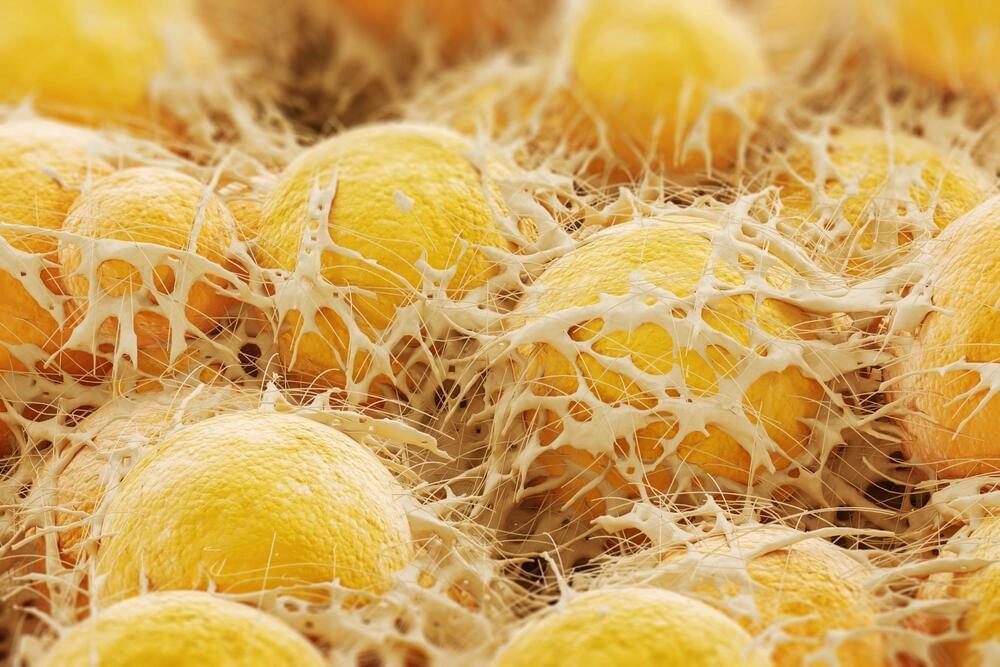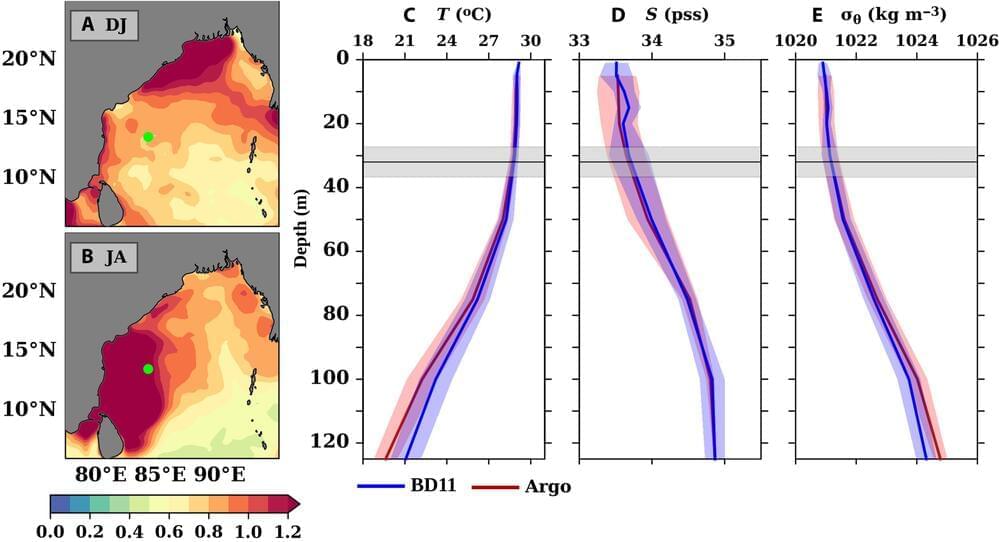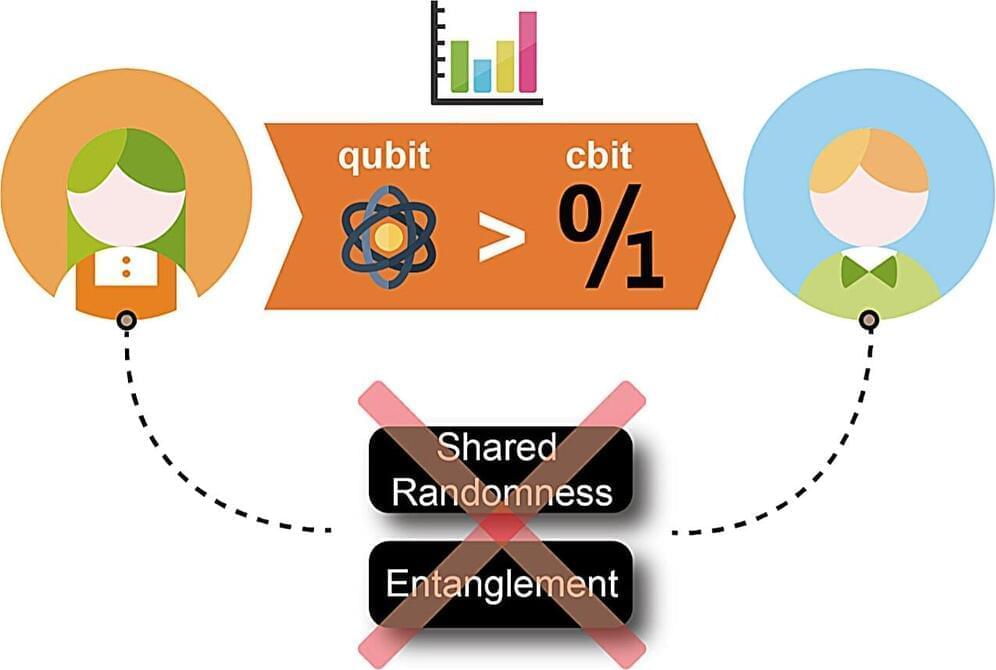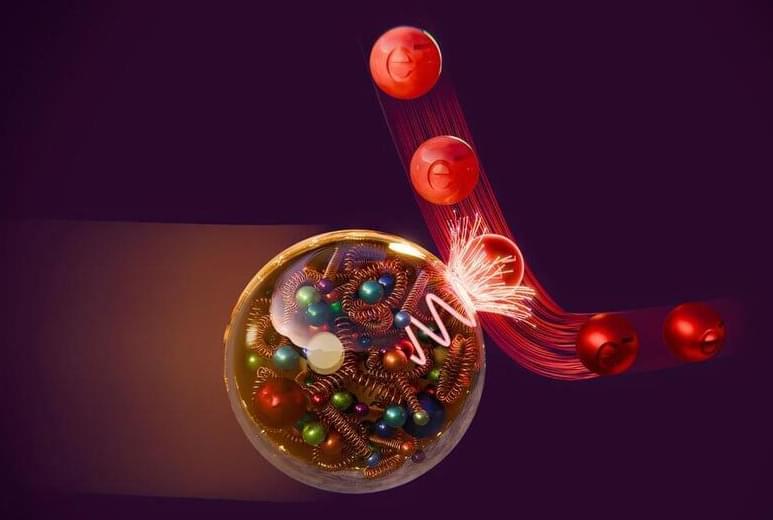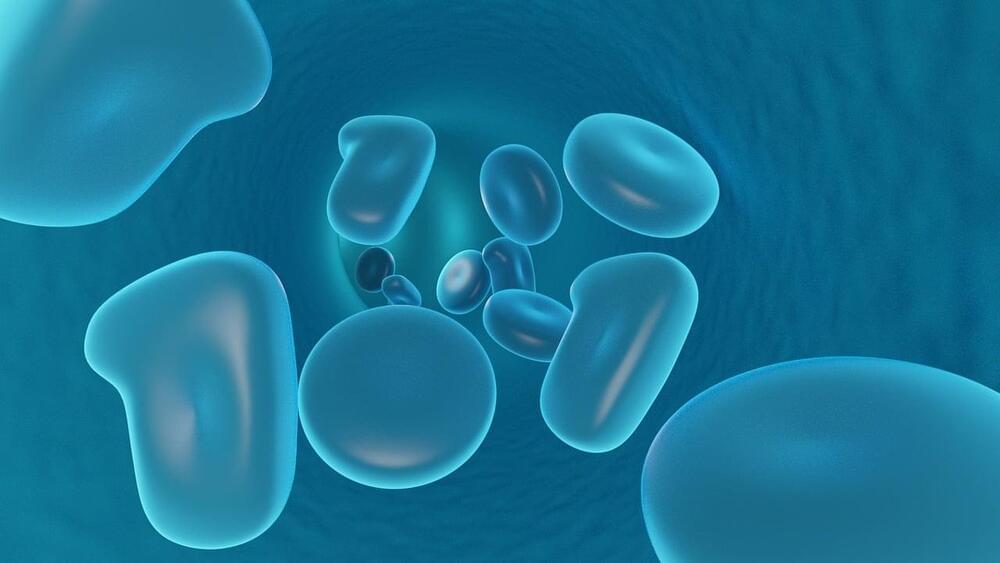
For the first time, scientists have invented a liquid ink that doctors can print onto a patient’s scalp to measure brain activity. The technology, presented December 2 in the journal Cell Biomaterials, offers a promising alternative to the cumbersome process currently used for monitoring brainwaves and diagnosing neurological conditions. It also has the potential to enhance non-invasive brain-computer interface applications.
“Our innovations in sensor design, biocompatible ink, and high-speed printing pave the way for future on-body manufacturing of electronic tattoo sensors, with broad applications both within and beyond clinical settings,” says Nanshu Lu, the paper’s co-corresponding author at the University of Texas at Austin.
Electroencephalography (EEG) is an important tool for diagnosing a variety of neurological conditions, including seizures, brain tumors, epilepsy, and brain injuries. During a traditional EEG test, technicians measure the patient’s scalp with rulers and pencils, marking over a dozen spots where they will glue on electrodes, which are connected to a data-collection machine via long wires to monitor the patient’s brain activity. This setup is time consuming and cumbersome, and it can be uncomfortable for many patients, who must sit through the EEG test for hours.
